 W
WEvangelista Andreoli was an Italian organist, pianist, and teacher.
 W
WSamuel Arnold was an English composer and organist.
 W
WThomas Attwood was an English composer and organist.
 W
WJean Émile Auguste Bernard was a French Romantic composer and organist.
 W
WAlexandre Pierre François Boëly was a French composer, organist, and pianist. Born into a family of musicians, Boëly received his first music lessons from his father, Jean François, who was a countertenor at the Sainte-Chapelle in Paris and a composer and harp teacher at the court of Versailles. He also studied under the Tyrolian pianist Ignaz Ladurner, who introduced him to the work of Bach and Haydn, which Boëly would champion in his adult career. Besides mastering the piano and organ, Boëly was also a talented violist.
 W
WJohannes Brahms was a German composer, pianist, and conductor of the Romantic period. Born in Hamburg into a Lutheran family, Brahms spent much of his professional life in Vienna. His reputation and status as a composer are such that he is sometimes grouped with Johann Sebastian Bach and Ludwig van Beethoven as one of the "Three Bs" of music, a comment originally made by the nineteenth-century conductor Hans von Bülow.
 W
WOlivia Francisca Buckley née Dussek (1799–1847) was an English harpist, organist and composer. She was born in London, the daughter of Czech composer Jan Ladislav Dussek and Scottish composer Sophia Corri. Dussek left his wife, and Olivia was taught harp and piano by her mother, making her debut at the age of eight at the Argyle Rooms. She married Richard William Buckley and had ten children.
 W
WPaul Henri Büsser was a French classical composer, organist, and conductor.
 W
WCésar-Auguste-Jean-Guillaume-Hubert Franck was a composer, pianist, organist, and music teacher who worked in Paris during his adult life.
 W
WNiels Wilhelm Gade was a Danish composer, conductor, violinist, organist and teacher. He is considered the most important Danish musician of his day.
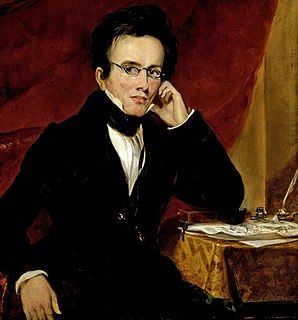 W
WSir John Goss was an English organist, composer and teacher.
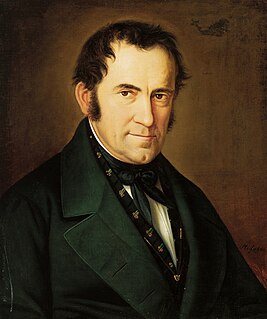 W
WFranz Xaver Gruber was an Austrian primary school teacher, church organist and composer in the village of Arnsdorf, who is best known for composing the music to "Stille Nacht".
 W
WReuben Hallam (1818–1908), also known as Wadsley Jack, was a carver, cutler, musician and author, from the Wadsley district of Sheffield, England, who wrote in the Sheffield dialect. He is best known for the autobiographical work Wadsley Jack; or, the Humours and Adventures of a Travelling Cutler.
 W
WMiina Härma was an Estonian composer. She was the second Estonian musician with higher education.
 W
WRichard Hol was a Dutch composer and conductor, based for most of his career at Utrecht. His conservative music showed the influence of Ludwig van Beethoven, Felix Mendelssohn, and Robert Schumann and the Leipzig school, though as a conductor he offered Dutch audiences the more revolutionary music of Hector Berlioz and Richard Wagner.
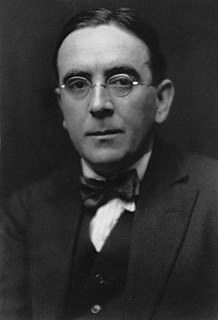 W
WJohn Nicholson Ireland was an English composer and teacher of music. The majority of his output consists of piano miniatures and of songs with piano. His best-known works include the short instrumental or orchestral work "The Holy Boy", a setting of the poem "Sea-Fever" by John Masefield, a formerly much-played Piano Concerto, the hymn tune Love Unknown and the choral motet "Greater Love Hath No Man".
 W
WHaydn Keeton was a cathedral organist, who served at Peterborough Cathedral.
 W
WAugust Stephan Alexander Klengel was a German pianist, organist and composer.
 W
WHartmann von An der Lan-Hochbrunn, O.F.M., was an Austrian Friar Minor and Catholic priest, who worked as a composer, organist and conductor.
 W
WAntoine Louis Joseph Gueyrand Fernand Fouant de La Tombelle was a French organist and composer.
 W
WClément Lippacher (1850–1934) was a French composer and organist.
 W
WFranz Liszt was a Hungarian composer, virtuoso pianist, conductor, music teacher, arranger, and organist of the Romantic era. He is widely regarded as one of the greatest pianists of all time. He was also a writer, philanthropist, Hungarian nationalist, and Franciscan tertiary.
 W
WAlbert Mallinson was a British organist and composer who wrote 400 songs, a cantata, some chamber and orchestral pieces and church music but whose work is largely forgotten today.
 W
WSir George Clement Martin was an English organist, who served at St Paul's Cathedral.
 W
WStanisław Moniuszko was a Polish composer, conductor and teacher. He wrote many popular art songs and operas, and his music is filled with patriotic folk themes of the peoples of the former Polish–Lithuanian Commonwealth. Since the 1990s Stanisław Moniuszko is being recognized in Belarus as an important figure of Belarusian culture. Moniuszko's operas are regularly performed at the Belarusian National Opera. There is a Museum of Stanisław Moniuszko.
 W
WJosef Neruda was a Moravian organist and music teacher.
 W
WJohann Baptist Joseph Maximilian Reger, commonly known as Max Reger, was a German composer, pianist, organist, conductor, and academic teacher. He worked as a concert pianist, as a musical director at the Leipzig University Church, as a professor at the Royal Conservatory in Leipzig, and as a music director at the court of Duke Georg II of Saxe-Meiningen.
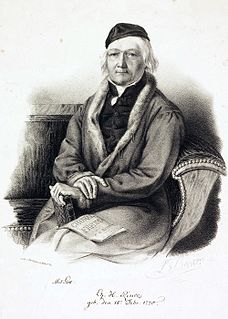 W
WJohann Christian Heinrich Rinck was a German composer and organist of the late classical and early romantic eras.
 W
WCharles-Camille Saint-Saëns was a French composer, organist, conductor and pianist of the Romantic era. His best-known works include Introduction and Rondo Capriccioso (1863), the Second Piano Concerto (1868), the First Cello Concerto (1872), Danse macabre (1874), the opera Samson and Delilah (1877), the Third Violin Concerto (1880), the Third ("Organ") Symphony (1886) and The Carnival of the Animals (1886).
 W
WSimon Sechter was an Austrian music theorist, teacher, organist, conductor and composer. He was one of the most prolific composers who ever lived, although his music is largely forgotten and he is now mainly remembered as a strict music teacher, most notably of Anton Bruckner.
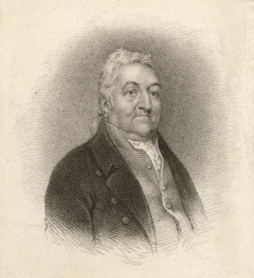 W
WJohn Stafford Smith was a British composer, church organist, and early musicologist. He was one of the first serious collectors of manuscripts of works by Johann Sebastian Bach.
 W
WSir John Stainer was an English composer and organist whose music, though seldom performed today, was very popular during his lifetime. His work as choir trainer and organist set standards for Anglican church music that are still influential. He was also active as an academic, becoming Heather Professor of Music at Oxford.
 W
WJan Václav Hugo Voříšek was a Czech composer, pianist and organist.
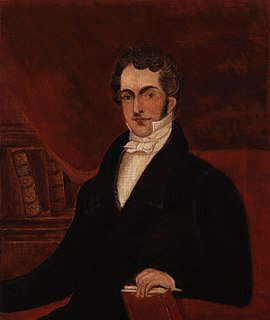 W
WThomas Forbes Walmisley was an organist, and a composer of church music and of glees.
 W
WDavid Duffle Wood, sometimes written as David Duffield Wood or David Duffel Wood, was an American composer, educator, and musician. He was blind from early childhood. Wood was the organist and choir master at St. Stephen's Episcopal Church in Philadelphia for 46 years.